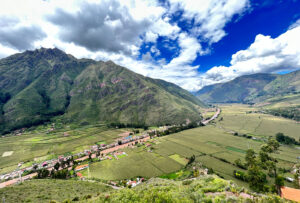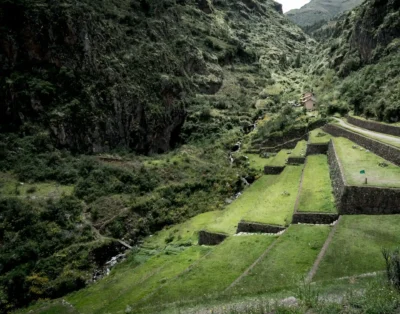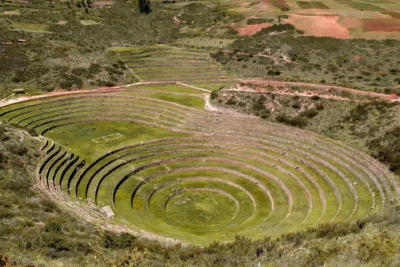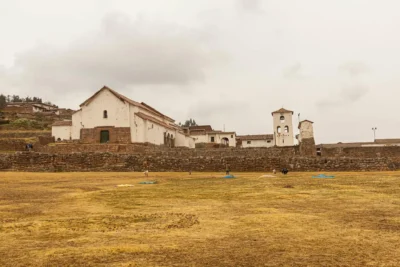Ollantaytambo, known as “The Living Inca Refuge,” is one of the most fascinating destinations in Peru’s Sacred Valley of the Incas. This archaeological complex combines a rich history, impressive Inca constructions, and a privileged natural setting. If you’re planning a trip to Cusco, Ollantaytambo is a must-see stop that will transport you to the splendor of the Inca era. In this guide, you’ll discover everything you need to know to make the most of your visit.
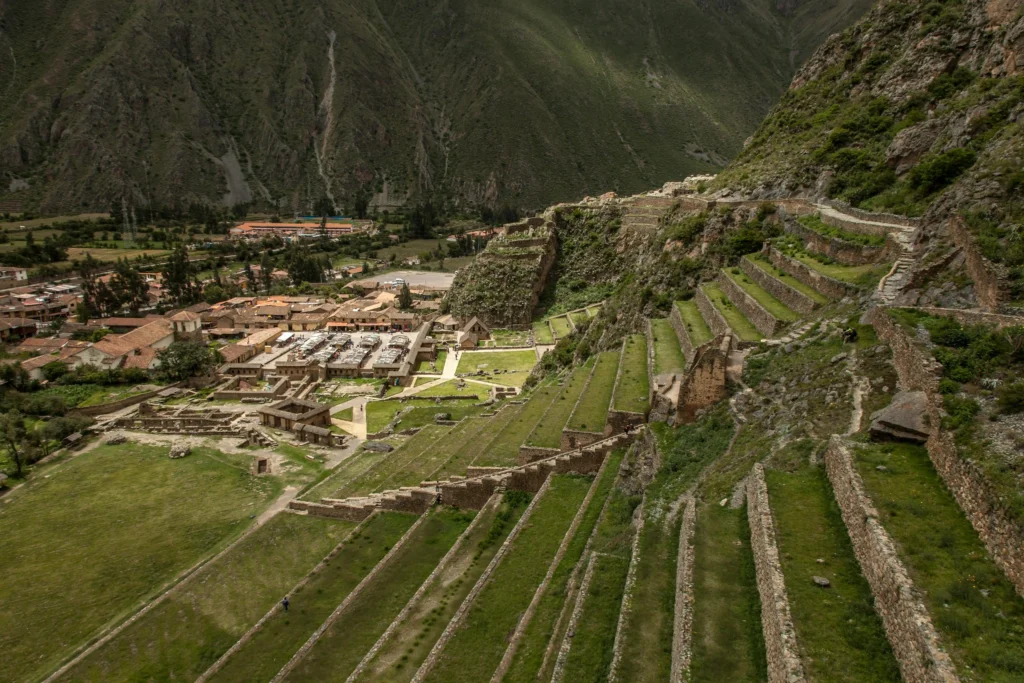
History and Meaning of Ollantaytambo
What Does Ollantaytambo Symbolize in Inca Culture?
Ollantaytambo was not just a military fortress, but also an important religious and agricultural center. It is a symbol of power and organization within the Inca Empire. Moreover, its urban layout, still inhabited to this day, reflects the complexity of Inca engineering and their deep connection with nature.
Key Historical Events in Ollantaytambo
Ollantaytambo was the site of one of the few Inca victories against the Spanish. In 1537, Manco Inca managed to resist an attack led by Hernando Pizarro, using the agricultural terraces and canal systems to flood the valley and repel the conquistadors.
Who Built Ollantaytambo and When?
This site was primarily built under the rule of Pachacutec, the ninth Inca emperor, during the 15th century. It was initially an administrative center but later became a strategic fortress for defending the empire.
Main Features and Attractions of Ollantaytambo
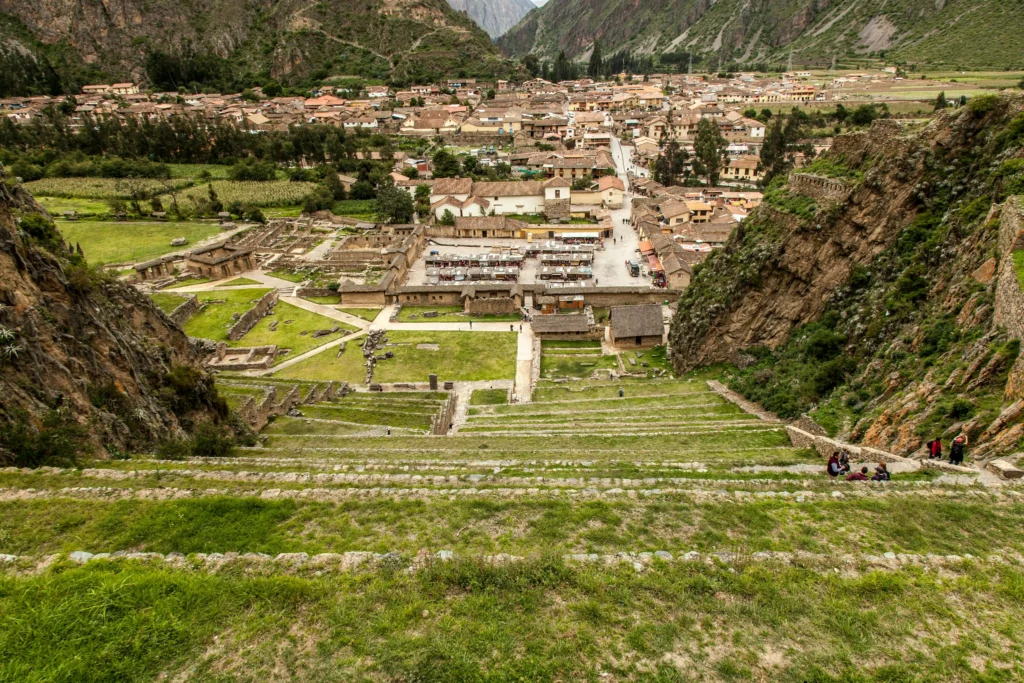
The Temple of the Sun
One of the most impressive structures in Ollantaytambo. It is composed of perfectly fitted stone blocks that reflect the site’s astronomical and religious significance. During the solstices, sunlight aligns precisely with the temple, demonstrating the Incas’ advanced astronomical knowledge.
Terraces of Ollantaytambo
These agricultural terraces were not only used for growing food but also to prevent erosion and maximize the mountainous terrain. Today, they stand as a testament to the Incas’ skill in working in harmony with nature.
The Royal House of the Sun
This structure is considered a sacred space used for ceremonies and important events by the Inca elite. Its architecture showcases expert stone-carving and fitting techniques.
Ñusta’s Bath
A perfect example of Inca hydraulic engineering. This ceremonial bath, likely reserved for nobility, reflects the Incas’ respect and spiritual connection with water.
Choqana Fortress
Located near Ollantaytambo, this site was a secondary fortress used to guard access to the Sacred Valley. Its compact design makes it unique among Inca military constructions.
The Monumental Gateway and the Enclosure of Ten Niches
Both structures stand out for their symmetrical and detailed design. They highlight the Incas’ ability to blend functionality with aesthetic beauty.
Location and How to Get to Ollantaytambo
Where Is Ollantaytambo Located?
Ollantaytambo is located in the Sacred Valley of the Incas, approximately 72 kilometers northwest of Cusco, in the Urubamba district.
How to Get There from Cusco and Other Locations
By bus or shared van: From Cusco’s colectivo terminal, you can take direct transportation to Ollantaytambo. The trip takes about 1 hour and 30 minutes.
By train: Ollantaytambo is also a key station for trains heading to Machu Picchu, making it an ideal connection point.
Private tour: Many travel agencies offer tours that combine Ollantaytambo with other Sacred Valley sites.
Train Ride from Ollantaytambo to Aguas Calientes
From Ollantaytambo, you can take the train to Aguas Calientes, the base town for visiting Machu Picchu. This 2-hour journey offers spectacular views of the Urubamba River and surrounding mountains.
Plan Your Visit to Ollantaytambo
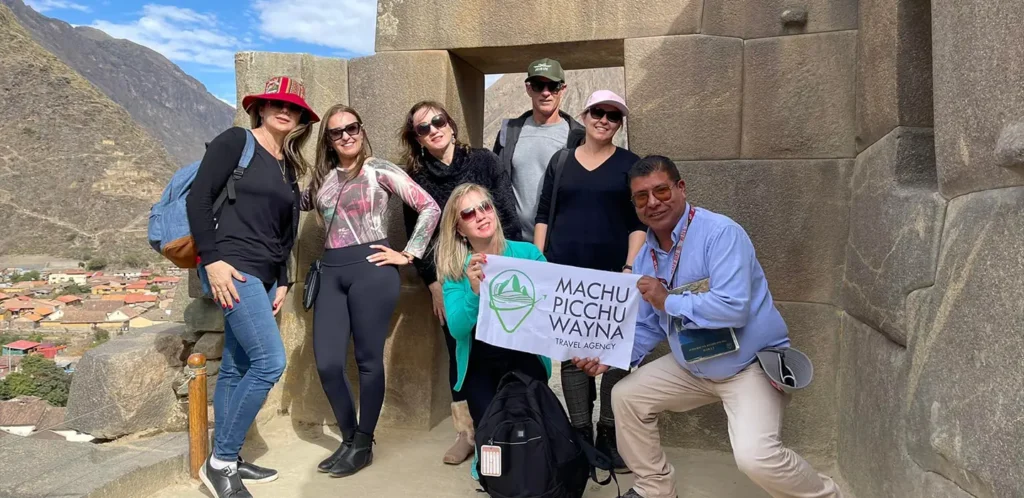
Costs and Entry: Tourist Ticket
To enter the Ollantaytambo archaeological complex, you will need the Cusco Tourist Ticket, which also includes access to other sites in the Sacred Valley and Cusco.
Budget for Visiting Ollantaytambo on Your Own
Transportation from Cusco: $5–10 USD by colectivo or $50–100 USD for a private tour. Entry with Tourist Ticket: $45 USD (full ticket). Local meals: $5–15 USD per dish.
Tour Options for Ollantaytambo
There are tours that include guided visits to the archaeological site, combined with other attractions such as the Maras Salt Mines and Moray. Prices range from $40 to $100 USD per person.
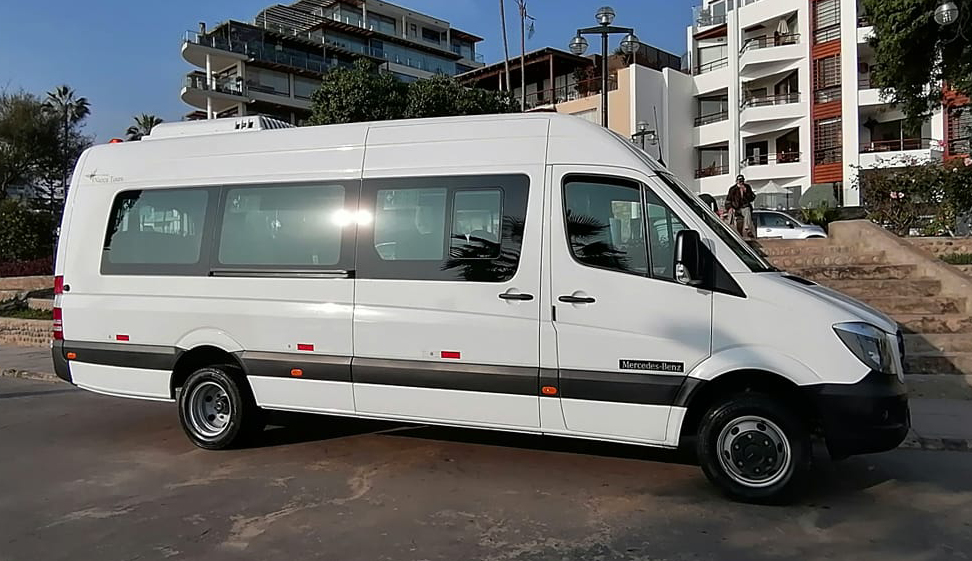
Travel Guide: Ollantaytambo in the Sacred Valley
Archaeological Site Map
A detailed map will help you locate the various structures, from the Temple of the Sun to the terraces and Ñusta’s Bath. It’s also useful for planning the best route based on your available time.
Fun Facts and Interesting Information
Ollantaytambo is one of the few Inca settlements that is still inhabited today.
The stones of the Temple of the Sun were transported from a quarry several kilometers away, using techniques that were advanced for their time.
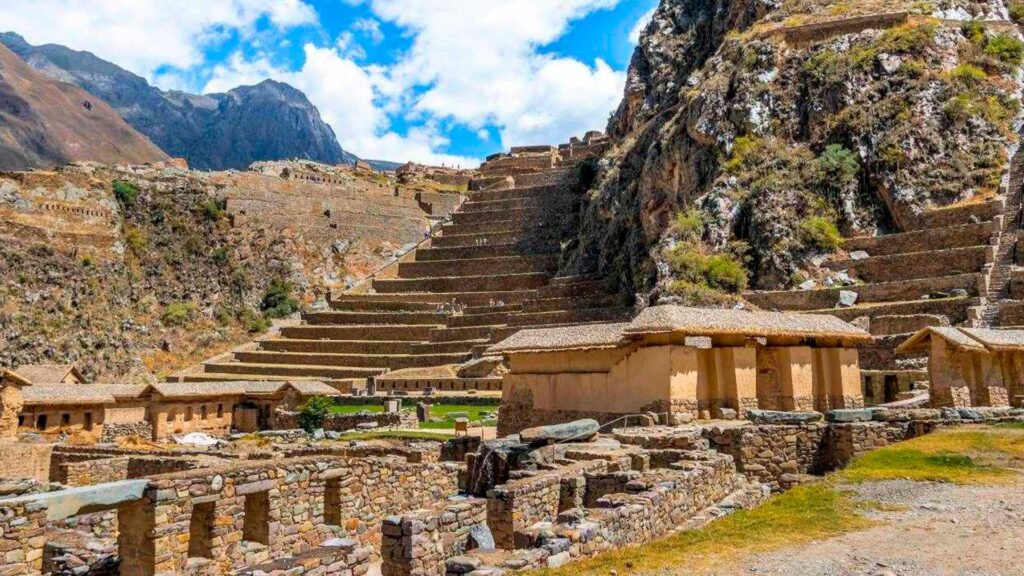
Frequently Asked Questions About Ollantaytambo
What Is the Most Iconic Structure in Ollantaytambo?
The Temple of the Sun is the most prominent construction, known for its massive stone blocks and astronomical alignment.
How Much Does a Tour Guide Cost in Ollantaytambo?
Local guide services are available starting at $20 USD and provide a rich, informative experience of the site.
What Is the Altitude of Ollantaytambo?
Ollantaytambo sits at 2,792 meters (9,160 feet) above sea level, so acclimatization is recommended before engaging in strenuous activities.
When Is the Ollantay Raymi Festival Celebrated?
The Ollantay Raymi, a celebration that reenacts historical and ceremonial Inca events, takes place every June in Ollantaytambo, attracting both locals and tourists.
